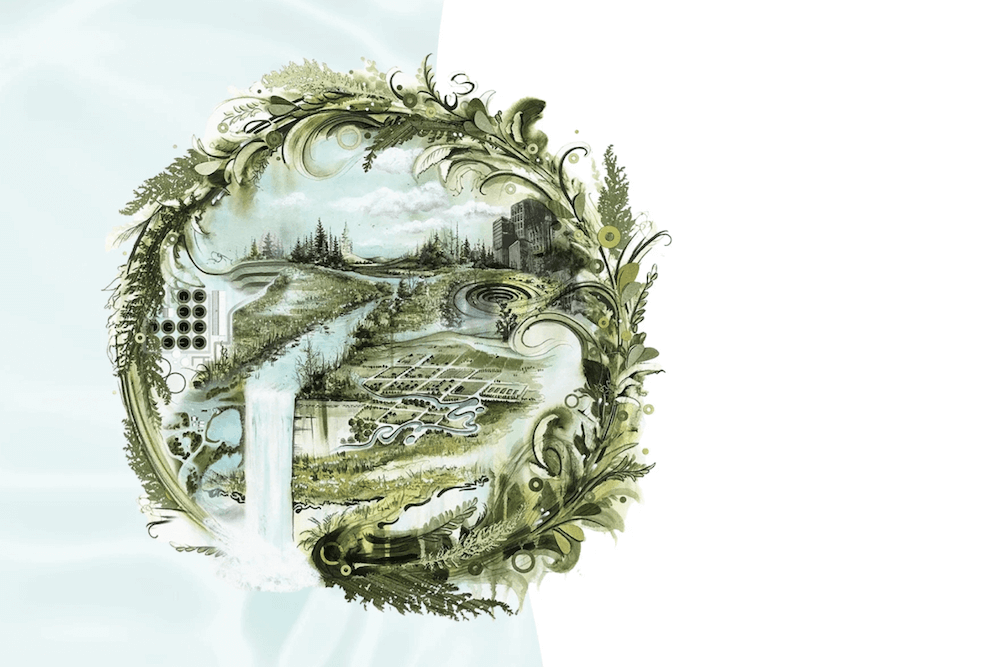By Cat Holmes
University of
Georgia
Toxic levels of heavy metals don’t accumulate in soil or hay
when
properly treated municipal sewage sludge is used as
fertilizer
over long periods, according to a new University of Georgia
study.
The UGA research group, in collaboration with researchers
from
the U.S. Environmental Protection Agency, examined soil
and hay
from fields to which treated sewage sludge, also known as
biosolids, had been applied regularly for periods ranging
from
one to 12 years. They then compared the data to fields that
had
never received biosolids applications.
Biosolids land application programs are regulated under
the Clean
Water Act, 43 CFR Part 503, known as the 503 regulations,
instituted in 1993.
503 regulations
“Some individuals have questioned whether the 503
regulations are
protective of the public and the environment,” said UGA
scientist
Julia Gaskin, who headed the research team. “This study
puts some
of those fears to rest.”
The study found that in the soil of treated fields,
concentrations of metals like arsenic, cadmium, lead and
mercury
found were statistically the same as those in fields that
never
received biosolids applications. The same was true of hay
grown
in most fields treated with biosolids.
Three of the fields studied did produce hay with higher
concentrations of cadmium than the National Research
Council
recommends, Gaskin said.
Cadmium levels
These were fields where sludge was applied before 1993,
she
said. They’re likely to have received sludge with high
cadmium
levels. Current regulations would not allow land application
of
that type of sludge.
“The recommended cadmium level is set to prevent
cadmium from
accumulating in the food chain from long-term exposure in
the
hay, and assumes the animals have no other source of
food,”
Gaskin said. “It would be a problem for food chain
accumulation
if animals didn’t eat anything but the high cadmium hay
grown in
those fields.”
The researchers also noted that copper and molybdenum
levels were
higher in soil from fields treated with biosolids for the
longest
times. Increased copper could be beneficial for farmers,
because
copper is naturally low in Southeastern soils. There wasn’t
a
similar increase of copper levels, however, in the hay grown
in
treated fields.
Copper in hay
“While other studies have reported an increase in the
copper in
hay grown with biosolids fertilizers,” Gaskin said, “the
current
study did not see a statistically significant increase.”
Molybdenum levels, however, were higher in hay from the
fields
receiving biosolids for the longest times, she said. High
concentrations of molybdenum can lead to copper
deficiency in
cattle and other ruminants.
“The increased molybdenum levels found in the hay in this
study
were below levels thought to induce copper deficiencies in
most
animals,” Gaskin said. “Since copper is a necessary
nutrient for
cattle, we encourage farmers to use copper supplements
as a good
management practice.”
“The study is important because it evaluates the risk of
metal
contamination in the soil and hay from farms participating in
a
biosolids land application program,” Gaskin said. “This
study
indicates that the 503 regulations are protective and land
application programs following the 503 regulations should
not
pose a risk of metal contamination.”
The concerns raised by the study “can be addressed by
good
management,” Gaskin said.



